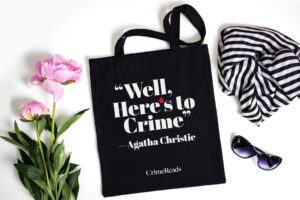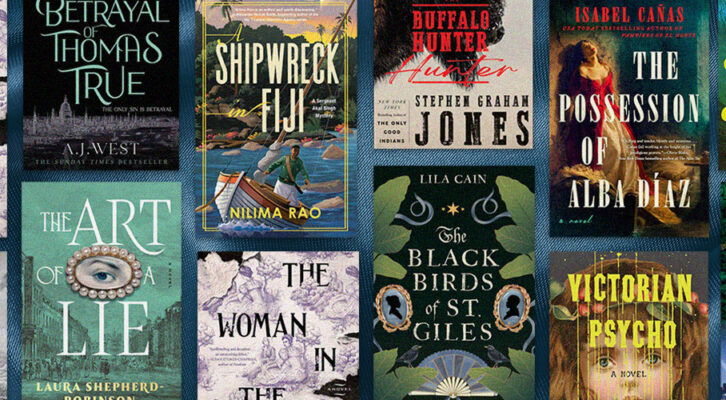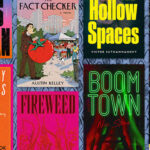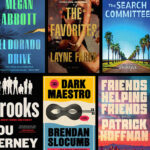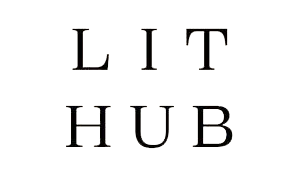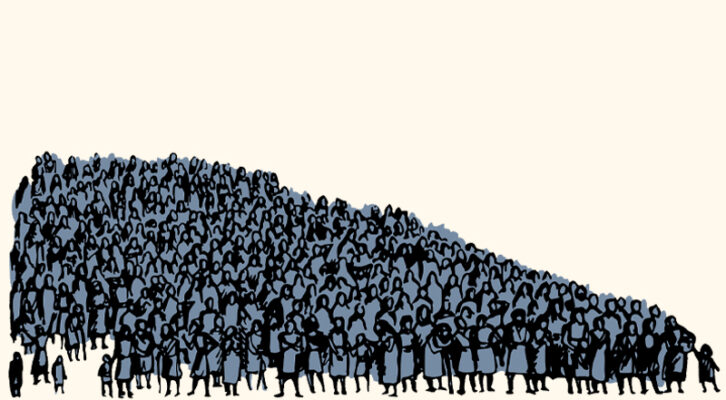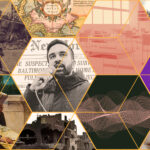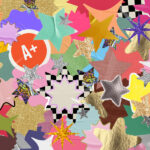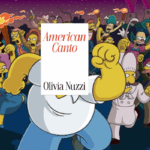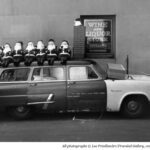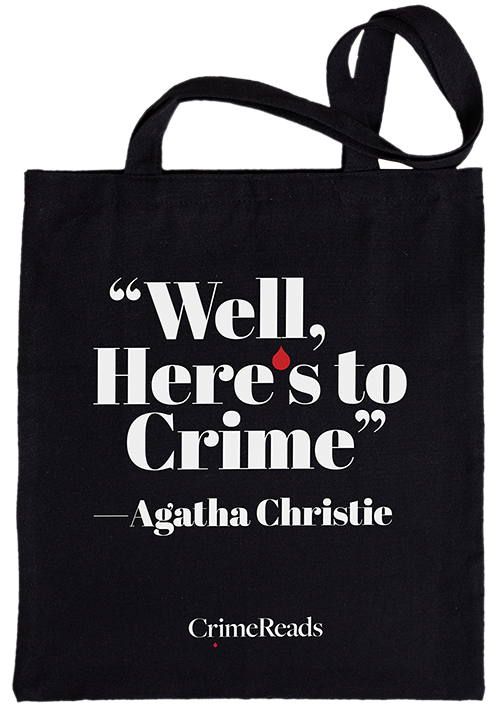Why are we fascinated by gangsters and mobsters?
On one side of the Atlantic you have Al Capone and The Sopranos and New York’s Gotti family. On the other side there are the Ronnie and Reggie Kray, Frankie Fraser and the Richardson gang.
Nobody celebrates Charles Manson or Jeffrey Dahmer or the Yorkshire Ripper, but gangsters and mobsters are somehow different. Rightly or wrongly, they are glamoriezd and portrayed as men of honor with codes of respect and silence and strong family values. They are a brotherhood, standing up each other, according to the myths. Think Robin Hood or Zorro or the Three Musketeers.
So why are they treated more like celebrities than unsavory criminals?
I thought about this question when researching and writing my latest novel, THE WHITE CROW, which is narrated by an ambitious young police officer, Philomena McCarthy, who has defied the odds to join the London Metropolitan Police, because she comes from a family of notorious London gangsters.
Phil’s father, Edward McCarthy and her uncles, Daragh, Finbar and Clifton are old school crims. They began as teenagers selling dodgy merchandise at market stalls and graduated to hijacking trucks and extorting money from transport companies, before ultimately becoming ‘property developers’ who profited from the London Olympic Games in 2012.
The fascination with criminals has existed throughout American history. It began early, in the Old West, so often romanticised, when gunslingers and outlaws roamed the frontier, many becoming household names. They were the embodiment of freedom and rebellion, representing a time of rugged individualism and adventure.
The same is true of the Mafia, which had many of these same attributes. According to sociologist, Simon Edwards, this reflects elements of American dream. Immigrants arrived in America believing it was a meritocracy and a classless society, but discovered they were exploited by corrupt employers or treated like second class citizens, forced to live in urban slums. Family became everything and men were celebrated for overcoming adversity and injustice, even by criminal means.
The glamorization of gangsters started in the 1920s with the banning of alcohol sales during Prohibition, a deeply unpopular policy. Bootleggers and smugglers who flouted the ban were seen as heroes not criminals. They were thumbing their nose at bad laws and the establishment. This positive image remained even after Prohibition ended, because mobsters were seen an anti-establishment and to validate the powerful myth in the US that ‘anyone can make it’. A street-corner thug could rise to have wealth and power.
In Britain, the public fascination with criminality and outlaws had similar beginnings. People had a grudging admiration for pirates who roamed the high seas and outlaws like Robin Hood, who were attacking the rich, even if they weren’t always giving to the poor.
East End gangsters like the Kray twins and Frankie Fraser are more difficult to romanticize, having been responsible for multiple murders, yet certain cliches have taken root. People say things like, ‘yes, but they loved their mum, or ‘they looked after their own.’ Loyalty towards friends and family seem to redeem them in people’s eyes, no matter how violent their behavior.
Nowadays, people take walking tours of London, which portray the Krays as heroes and ‘real Eastenders’ and ‘legends.’ This nostalgic view has been perpetuated by filmmakers like Guy Ritchie who has portrayed British gangsters as pathologically violent and honorable, sometimes even admirable. They humiliate bullies, they look after their neighbors, they dress in cool suits, they defy authority, and they live glamorous lifestyles, full of flash cars and beautiful women.
As a journalist, I interviewed and rubbed shoulders with people from all walks of life, including notorious criminals. One of them, Bruce Reynolds, the mastermind behind the 1963 Great Train Robbery.
In one of the largest heists in history, fifteen men robbed the Royal Mail Train traveling from Glasgow to London. They took £2.61 million, (£70 million in today’s money), most of which was never recovered.
Most of the gang, including Reynolds were ultimately caught and served long prison sentences, but the crime captured the public’s imagination. It was like something out of a movie—stopping and robbing a moving train—and the money they stole belonged to nobody, having been taken out of circulation.
The English establishment couldn’t have criminals being treated like folk heroes, which is why their sentences were so harsh, twenty-five years in Reynold’s case—more than murderers and traitors and Soviet spies.
Early on in my reporting career, I spent more than a year on the graveyard shift on a Sydney newspaper. No city ever goes to sleep and I was kept busy covering accidents, robberies, murders, suicides and escapes. The Red-Light district became my regular haunt because it was the only place to get a coffee or something to eat at three in the morning. I befriended pimps, prostitutes, dealers, junkies, coppers, strippers, transvestites, as well as ‘colourful local identities’—a euphemism for gangsters and illegal bookmakers and casino bouncers.
I bought them breakfast and they brought me stories. The police would tip me off about raids on illegal casinos or brothels and the crims would dish the dirt on rivals they wanted to expose and dirty cops they wanted investigated. This was in an era when it was sometimes difficult to tell who you trusted more because this was in an era when Sydney was known as ‘Sin City’ because organised crime had managed to infiltrate the police force and the corridors of power.
Real-life stories like this that have helped me create characters in The White Crow. Eddie McCarthy and his brothers are old-fashioned crims who target the wealthy rather than the vulnerable. They don’t deal in drugs or people trafficking or prostitution but have made their fortune by controlling construction services in London. If you want to erect scaffolding, or lay a cement slab, or get building supplies delivered, you have to talk McCarthy Brothers first.
As a police officer, Philomena has always walked a thin blue line keeping the two sides of her life apart but in The White Crow, her worlds collide blurring the line between right and wrong.
Ultimately, she has to decide who can she trust – the badge or her flesh and blood.
***



